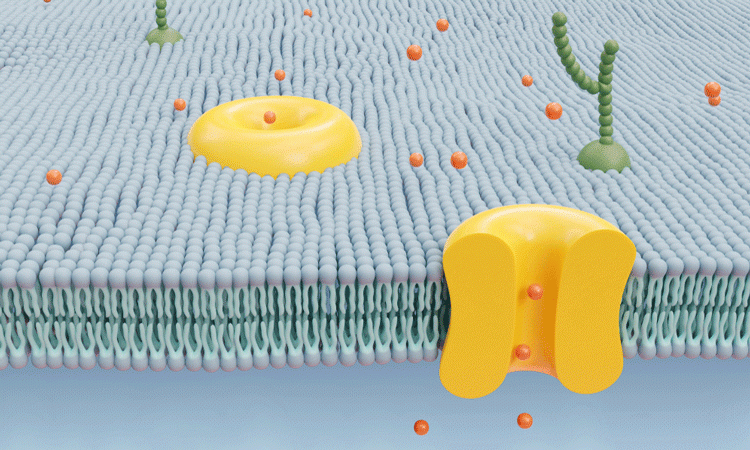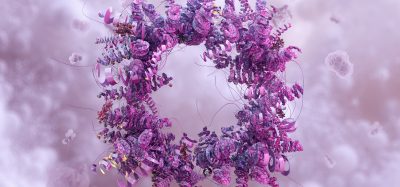Research reveals calcium signalling pathway in T cells
Posted: 9 October 2019 | Victoria Rees (Drug Target Review) | No comments yet
A study has uncovered the mechanism behind calcium entry and exit into T cells, which could be used in development of autoimmune disease treatments.


Researchers have revealed a unique mechanism for coordinating the entry and exit of calcium ions in T cells, which enables them to carry out their functions. According to the team, this provides insight into calcium signalling and the processes underlying autoimmune and immunodeficiency diseases.
The study was conducted at the Lewis Katz School of Medicine at Temple University (LKSOM), US.
T cells exhibit particular ways to control signals so that when triggered by an antigen, a sustained increase in intracellular calcium levels can be used to drive T cell activation. This can lead to autoimmune diseases in patients with abnormal T cell activity.
Previous studies have shown that one of the main channels for calcium to enter T cells is called Orai1 and the primary exit is a pump called plasma membrane calcium ATPase (PMCA). As sustained elevated levels of calcium drive T cell activation, these pumps were thought to terminate T cell responses.
However, the researchers discovered that the PMCA pump does not act alone. Sustained Orai1 function represents a significant challenge because the calcium that it lets in often deactivates the channel. However, a third protein, known as POST, links PMCA and Orai1 in operational T cells. This allows the pump to protect Orai1 from elevated calcium and stay open longer, promoting T cell activation.
Sustained Orai1 activation is critical to the function of a transcription factor called NFAT. This factor binds to specific DNA sequences in immune cells, where it drives T-cell-mediated activity. The researchers found that the PMCA pump, POST and the Orai1 channel work together to accurately trigger NFAT. Signalling between these molecules enables T cells to respond efficiently to infection.
Now that the communication pathway between these three components has been described, the team say their next step is to investigate their functions in a disease context. The researchers have initiated the process of generating mouse models that will be useful for defining the contributions of this pathway to both normal and abnormal T cell responses.
The results were published in Science Signaling.
Related topics
Disease Research, Drug Targets, Immunogenicity, Research & Development, T cells
Related organisations
Lewis Katz School of Medicine at Temple University








